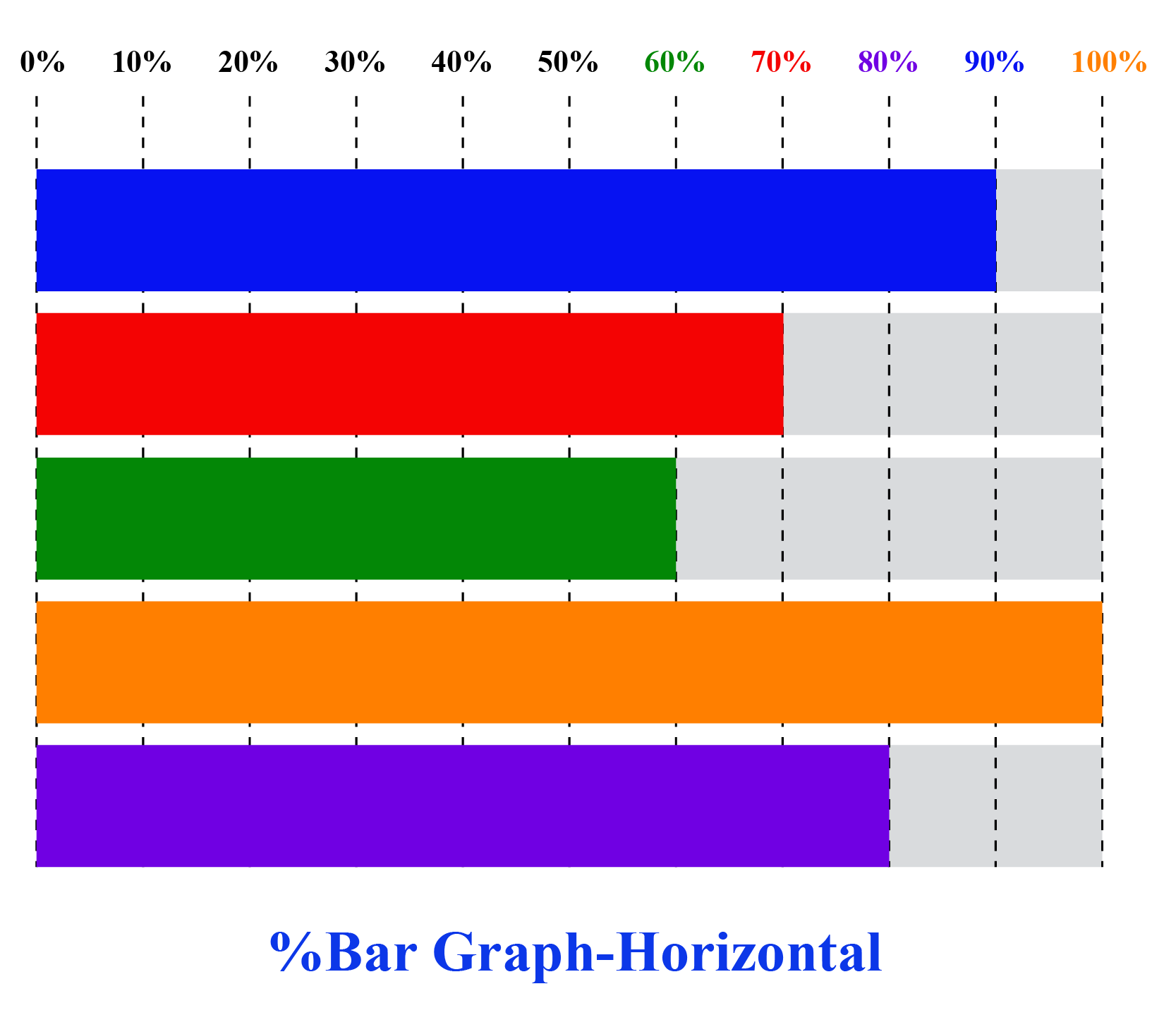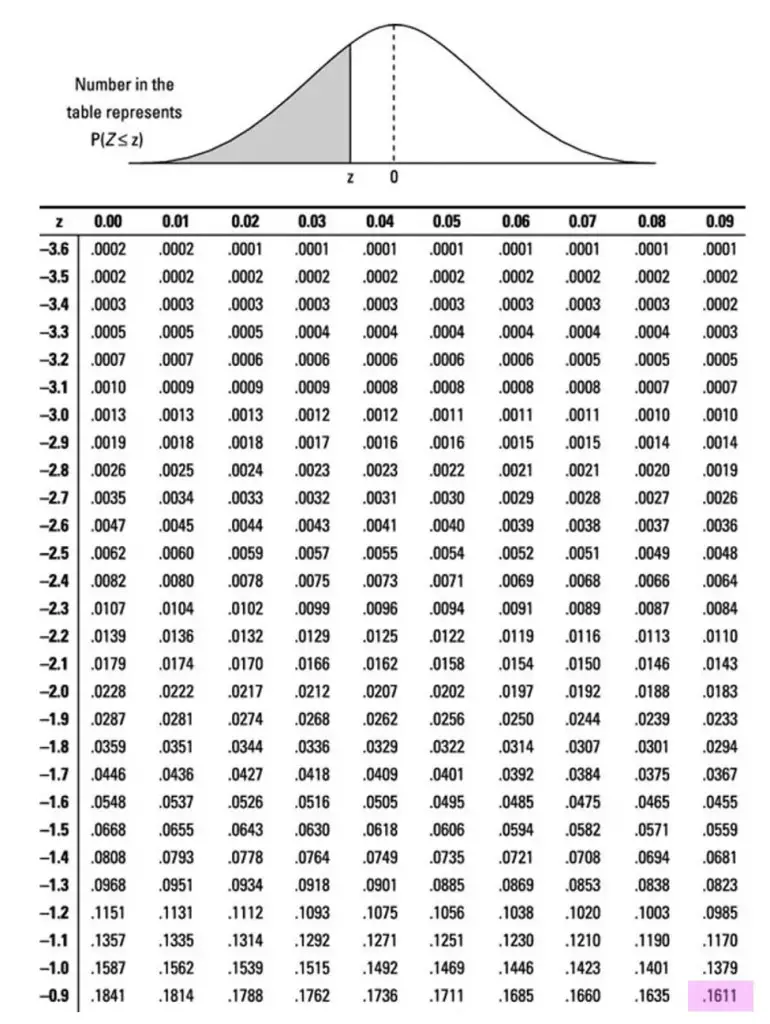Graphs clustered
Table of Contents
Table of Contents
Bar charts are a staple in the world of statistics, used to represent categorical data through bars of different heights or lengths. But did you know that there are several types of bar charts in statistics? Whether you’re a data analyst, student, or just curious about data visualization, learning about the different types of bar charts can greatly improve your understanding and presentation of data. In this article, we will explore Types Of Bar Charts In Statistics in-depth, and provide examples and insights on their usage and benefits.
Pain Points Related to Types Of Bar Charts In Statistics
When working with data, presenting it in an easy-to-understand format can be challenging. Bar charts provide a simple solution to this problem, but choosing the right type of bar chart can be tricky. Some pain points to consider when deciding on which type of bar chart to use include:
- Which type of bar chart best fits the data being presented?
- How can I make my bar chart more visually appealing and clear?
- What are the advantages and disadvantages of using a particular type of bar chart?
Answering the Target of Types Of Bar Charts In Statistics
Types of bar charts in statistics refer to the different methods of presenting categorical data using bars. Choosing the right type of bar chart can make a significant difference in highlighting patterns and relationships in the data. The most common types of bar charts include vertical bar charts, horizontal bar charts, stacked bar charts, and grouped bar charts. Other types of bar charts include 100% stacked bar charts and waterfall charts.
Summary of the Main Points of Types Of Bar Charts In Statistics
Overall, Types Of Bar Charts In Statistics aim to improve data visualization and provide an accurate representation of categorical data through bars of different heights or lengths. Choosing the right type of bar chart can enhance understanding and provide valuable insights into the data.
Vertical Bar Charts
Vertical bar charts, also known as column charts, are one of the most commonly used types of bar charts. They represent data using vertical bars at different heights, making it easy to compare values and identify trends. Vertical bar charts are especially useful for showing changes in data over time or for comparing data across different categories. See the example below:
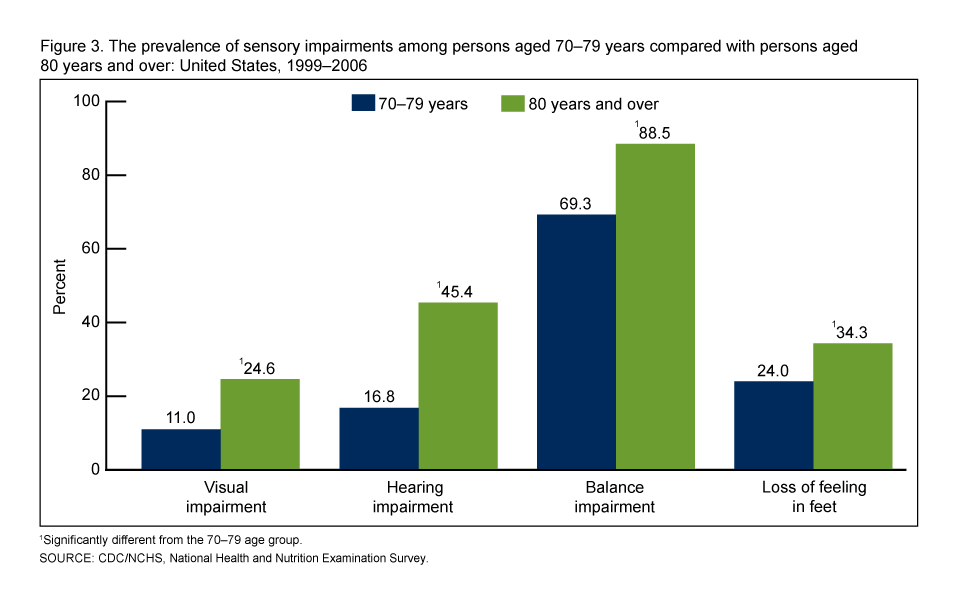 Stacked Bar Charts
Stacked Bar Charts
Stacked bar charts, also known as component bar charts, represent data using bars stacked on top of each other, each segment representing a different category. Stacked bar charts are useful when wanting to show how the total of one category compares to the total of multiple categories. They can also be useful when wanting to show the total size and composition of a particular value. See the example below:
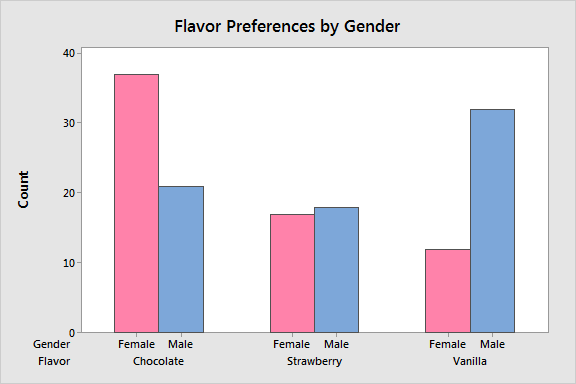 ### Grouped Bar Charts
### Grouped Bar Charts
Grouped bar charts represent multiple data within the same category side by side. These charts show the unique values for each dataset, making it easy to compare them to each other. They are useful when wanting to show the size and composition of one category, with more detail provided. See the example below:
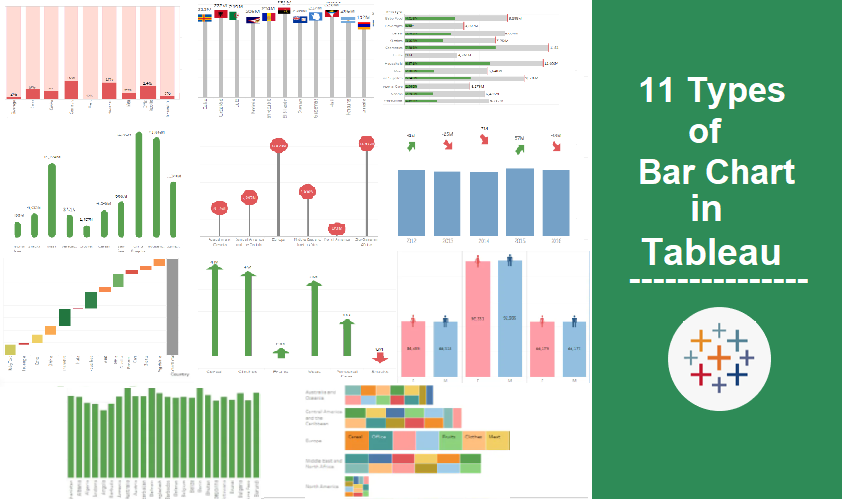 #### 100% Stacked Bar Charts
#### 100% Stacked Bar Charts
100% stacked bar charts are similar to stacked bar charts, but they represent the data as percentages instead of the actual values. This chart is useful when wanting to compare the proportion of each category relative to the total. See the example below:
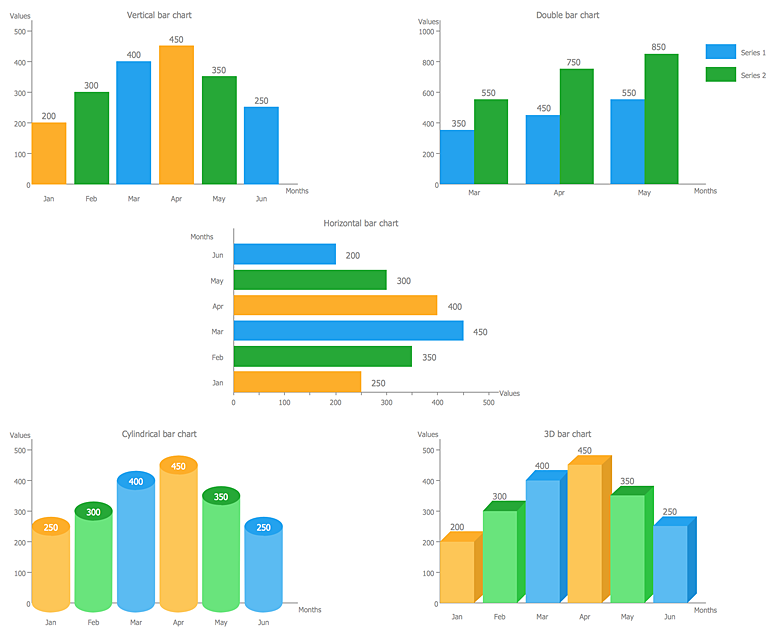 Question and Answer Section
Question and Answer Section
Q1: What is the purpose of using a stacked bar chart?
A1: Stacked bar charts are useful when wanting to show how the total of one category compares to the total of multiple categories. Q2: What type of bar chart is best for displaying changes over time?
A2: Vertical bar charts are best for displaying changes over time. Q3: What is a 100% stacked bar chart?
A3: A 100% stacked bar chart represents the data as percentages instead of the actual values. Q4: What is the purpose of using a grouped bar chart?
A4: Grouped bar charts represent multiple data within the same category side by side, showing the unique values for each dataset, making it easy to compare them to each other. Conclusion of Types Of Bar Charts In Statistics
Using the right type of bar chart can greatly improve the understanding and presentation of categorical data. Whether using a vertical bar chart, stacked bar chart, grouped bar chart, or 100% stacked bar chart, the key is to select the one best suited to represent the data. By taking the time to learn about the different types of bar charts, you can significantly improve your data visualization skills and provide valuable insights into any dataset.
Gallery
What Is A Bar Chart? Different Types And Their Uses

Photo Credit by: bing.com / bar chart cdc graph data grouped types different age groups sensory figure prevalence examples showing group show information years older
11 Different Types Of Bar Chart In Tableau - Analytics Planets

Photo Credit by: bing.com /
Four Different Types Of Charts. (1) A Bar Chart Shows Relationships

Photo Credit by: bing.com / quantities
Bar Charts: Using, Examples, And Interpreting - Statistics By Jim

Photo Credit by: bing.com / graphs clustered
How To Create A Bar Chart In ConceptDraw PRO | Comparison Charts

Photo Credit by: bing.com / bar chart charts types graphs conceptdraw data horizontal different pro create diagrams education bars displaying quickly using library vector


